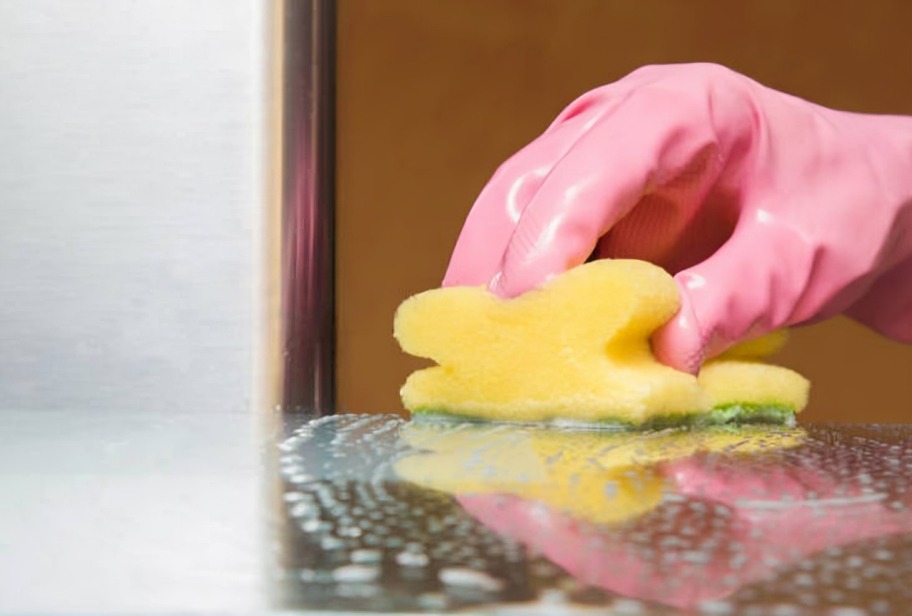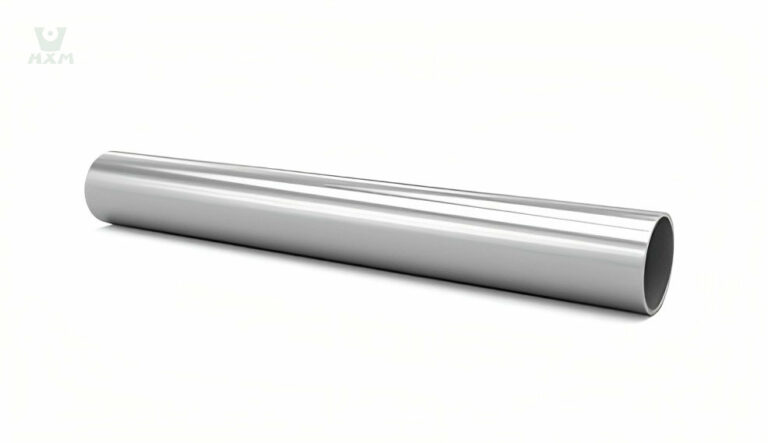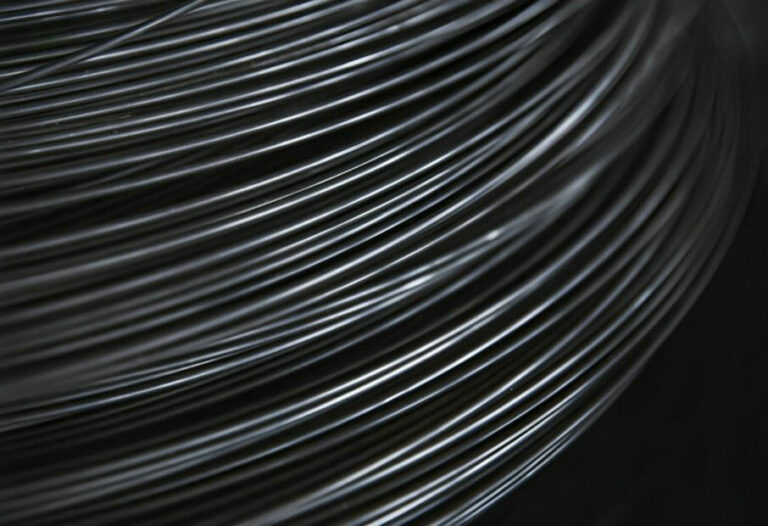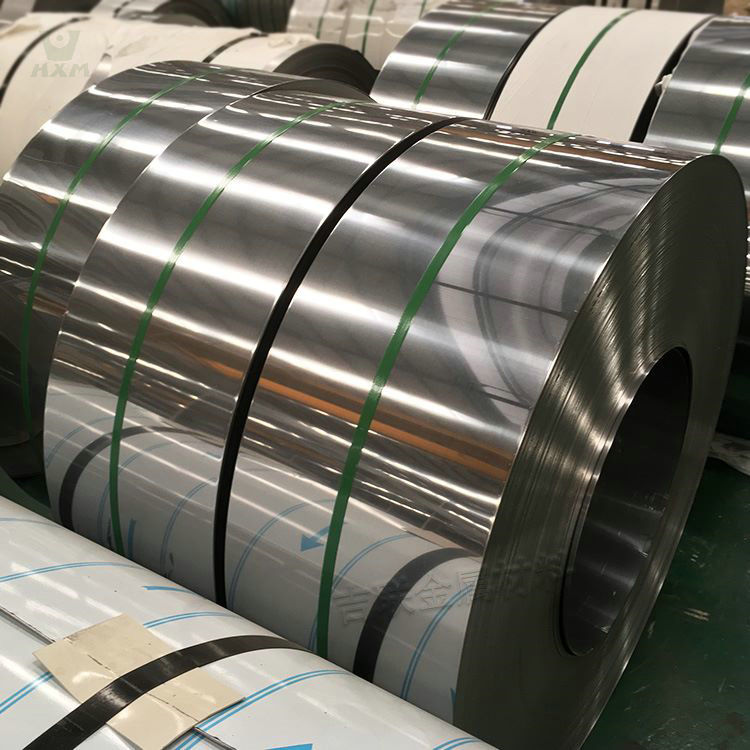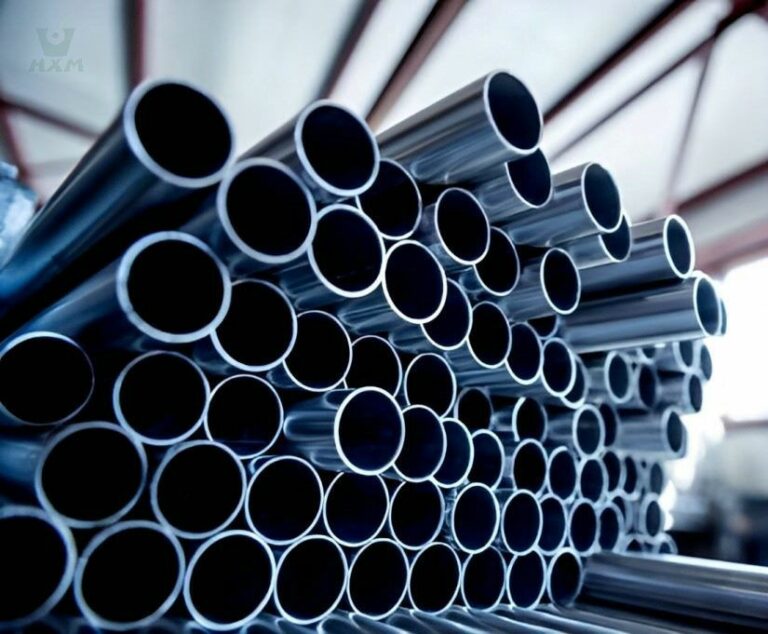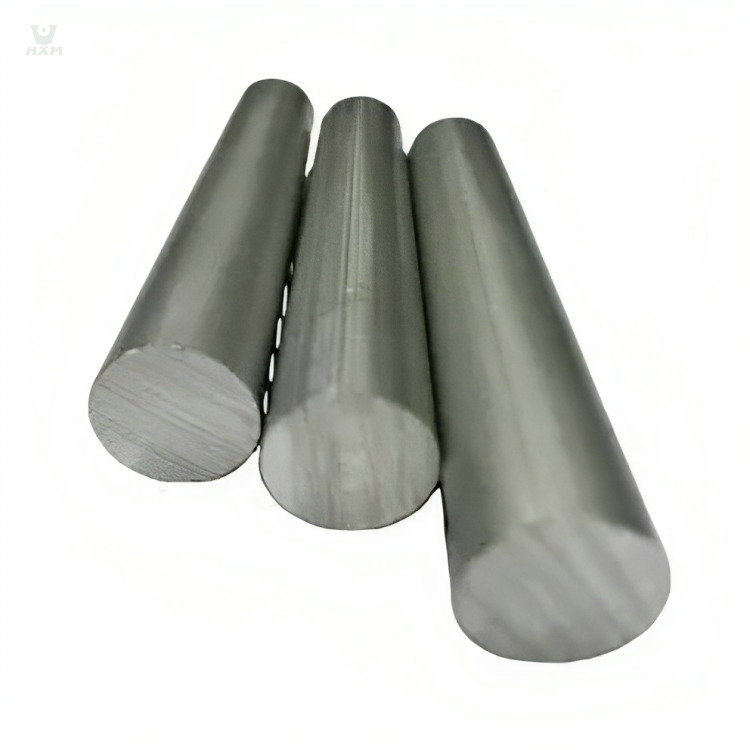In modern homes and office environments, stainless steel has gained popularity among many people due to its unique durability and elegant shine. However, over time, stainless steel products’ surfaces may accumulate various stains and dirt, affecting their appearance and hygiene. So, how to clean stainless steel correctly to restore its original bright luster?
5 Methods to clean stainless steel
Stainless steel is renowned for its excellent corrosion resistance, strength, surface gloss, and ease of processing, making it widely used in daily life and work. When cleaning stainless steel, there are several key principles to keep in mind.
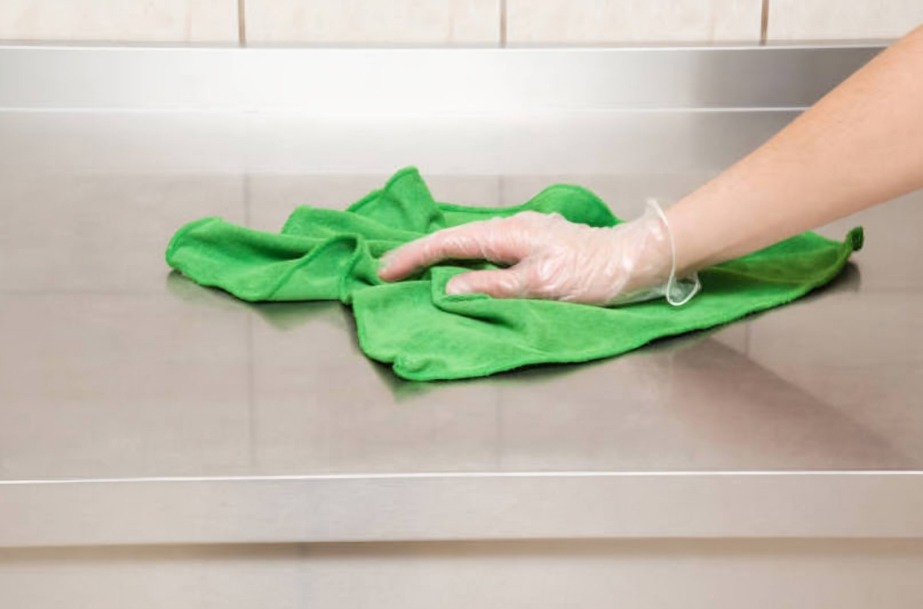
Firstly, it is important to avoid using strong acids or alkalis as cleaning agents, as they may corrode the surface of stainless steel and damage its gloss.
Secondly, soft, non-abrasive cloths or sponges should be used for cleaning to prevent scratching the surface of stainless steel.
By adhering to these principles, the material properties of stainless steel can be effectively preserved, prolonging its service life.
- Daily Gentle Cleaning: The simplest and gentlest cleaning method is to use hot water and a clean soft cloth to wipe the stainless steel surface. This method is suitable for removing daily dust and light stains. After wiping, be sure to use a dry cloth or another soft cloth to wipe again to prevent water spots from forming.
- Removing Dirt and Grease: If plain water cannot completely remove dirt or grease, you can try adding a small amount of mild detergent to warm water and then rinsing with a soft cloth or sponge. For food residue and stubborn grease, you can soak with dishwashing liquid for a while, then gently wipe with a soft cloth or sponge. If the stains are stubborn, you can use a soft wire ball for friction cleaning, but ensure moderate force to avoid scratching the stainless steel surface.
- Handling Oil and Lubricant Contamination: For oil, grease, or lubricant contamination on the stainless steel surface, first wipe the surface clean with a soft cloth or sponge to remove most of the stains. Then, you can use neutral detergents, ammonia solution, or specialized stainless steel cleaners for cleaning. These cleaners can effectively remove oil and lubricant while protecting the gloss of the stainless steel surface.
- Dealing with Acidic Substances and Bleach Residues: If there are bleach or various acidic substances on the stainless steel surface, rinse immediately with water to avoid corrosion of stainless steel by acidic substances. After rinsing, you can soak with ammonia solution or neutral sodium bicarbonate solution to neutralize the remaining acidic substances. Finally, wash with neutral detergent or warm water to ensure a clean and residue-free surface.
- Handling Rust: If rust spots appear on the stainless steel surface due to dirt, you can use specialized stainless steel pickling passivation paste for washing. This cleaner can remove rust spots and restore the gloss of stainless steel. When using pickling passivation paste, be sure to follow the product instructions and ensure good ventilation. Also, avoid contact with other materials to prevent damage.
Precautions to clean stainless steel
- Avoid Using Abrasive Tools and Cleaners: It is essential to avoid using wire brushes or cleaners containing abrasive particles as they may scratch the stainless steel surface, damaging its appearance and durability. It is recommended to use soft cloths or sponges combined with specialized stainless steel cleaners to clean stainless steel gently and effectively.
- Use Chlorine-based Cleaners with Caution: Chlorine-based cleaners may react with stainless steel, causing discoloration or damage to the surface. Therefore, when clean stainless steel, choose cleaners that do not contain chlorine to ensure the safety and integrity of the product.
- Handle with Care: Stainless steel products should not be cleaned with excessively hot water to prevent deformation. Also, avoid using overly aggressive scrubbing methods to prevent scratches on the stainless steel surface. Moderate temperature and pressure should be applied to clean stainless steel products gently.
- Dry Promptly: After clean stainless steel products, it is essential to promptly dry the surface with a dry cloth to prevent water spots and maintain its luster while preventing fingerprint formation. Prolonged water spots may cause stainless steel to rust or corrode, making drying an important maintenance step.
- Regular Deep Cleaning: For stainless steel products used frequently, it is recommended to perform regular deep cleaning to thoroughly remove accumulated dirt and fingerprints from the surface. This helps restore the luster of stainless steel products and prolong their lifespan. Specialized stainless steel cleaners or non-abrasive cleaners can be used for deep cleaning, but be sure to follow the product instructions to ensure proper operation.
conclusion
When it comes to clean stainless steel products, as long as we follow the above principles and use the correct cleaning methods and tools, we can easily maintain their luster and durability. Stainless steel, as an elegant and practical material, is widely used in our daily lives, whether in kitchen utensils or architectural decoration, showcasing its unique charm. Through proper cleaning and maintenance, we can keep stainless steel products looking beautiful and shiny, adding more color to our lives.
Speaking of the supply of stainless steel products, Huaxiao Metal is undoubtedly a leader in the industry. As a company with over 15 years of experience in stainless steel export, Huaxiao Metal stably provides various forms, sizes, and grades of stainless steel products to meet the diverse needs of customers, thanks to its advanced production technology and strict quality management. Additionally, the company offers a wide range of customized color surface services, making stainless steel products more personalized and attractive. If you have procurement needs, consider contacting Huaxiao Metal, as they will undoubtedly provide you with high-quality products and professional services.


